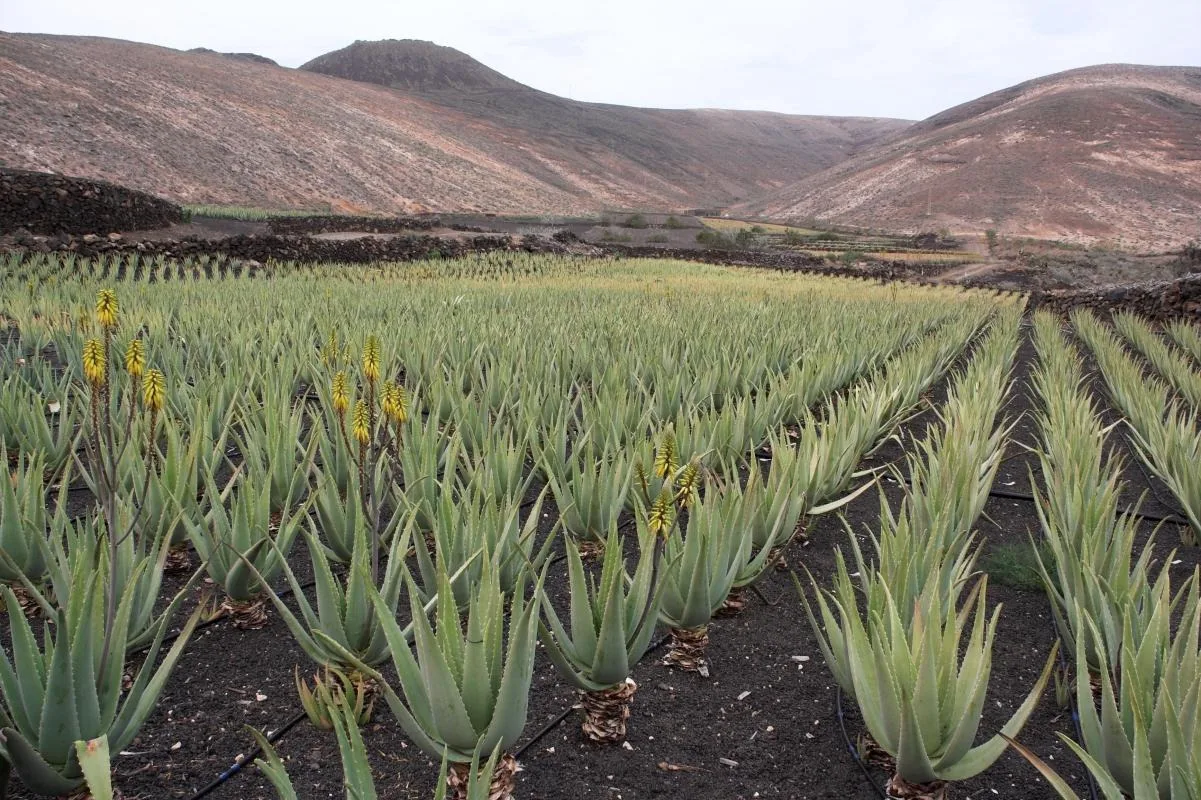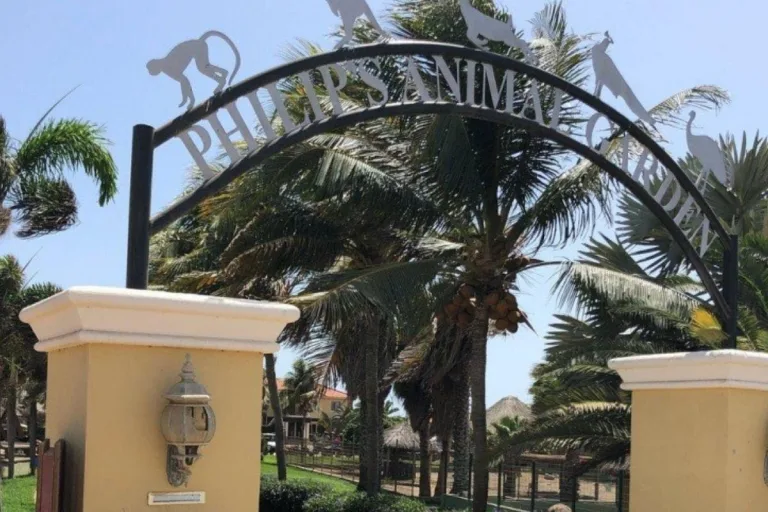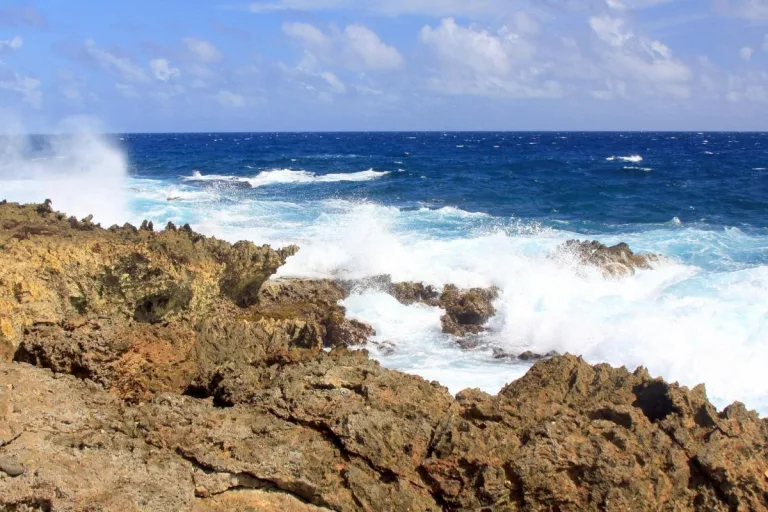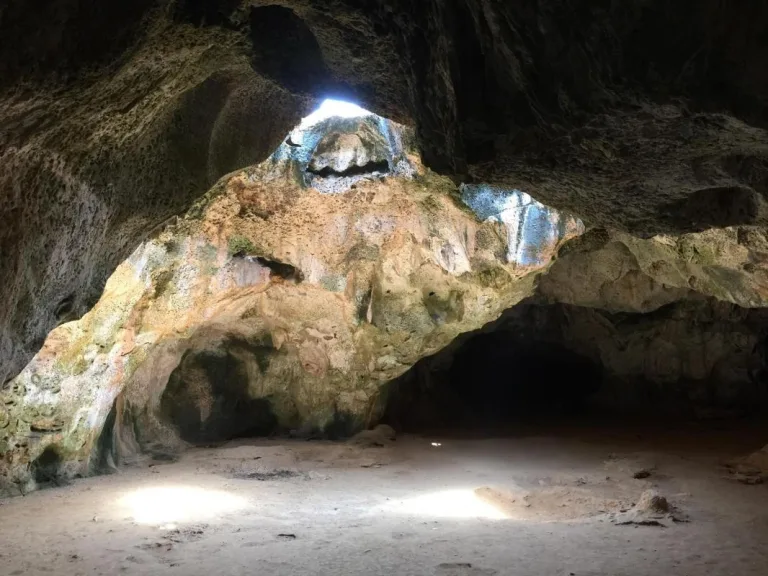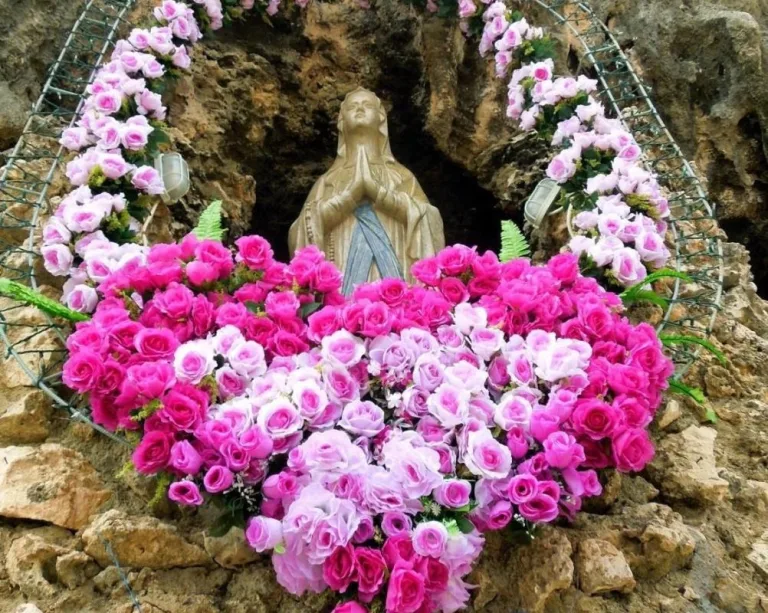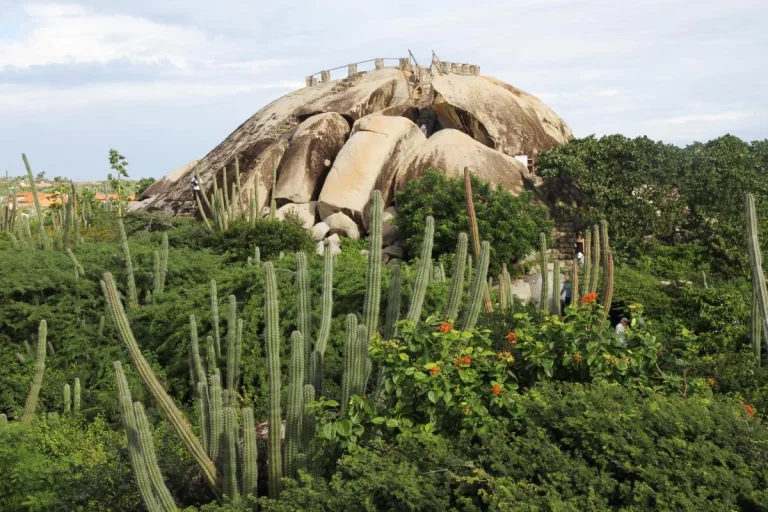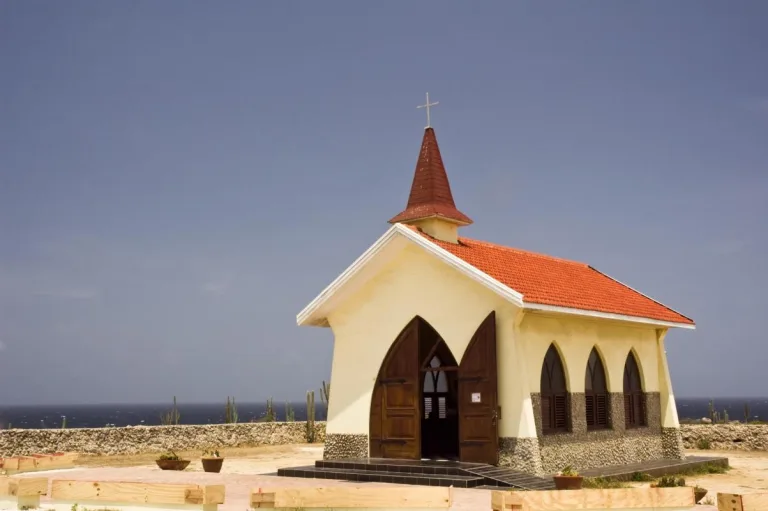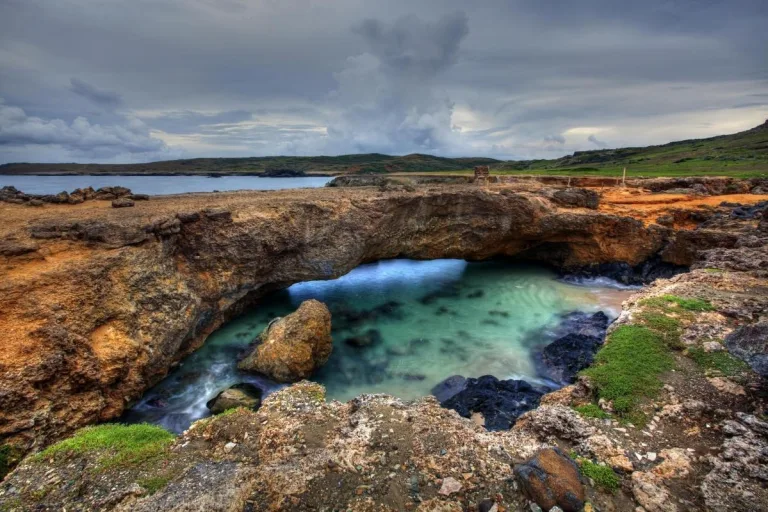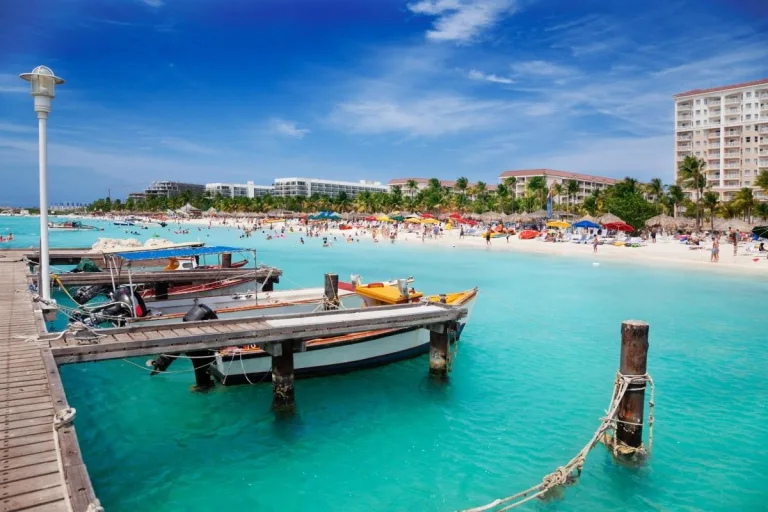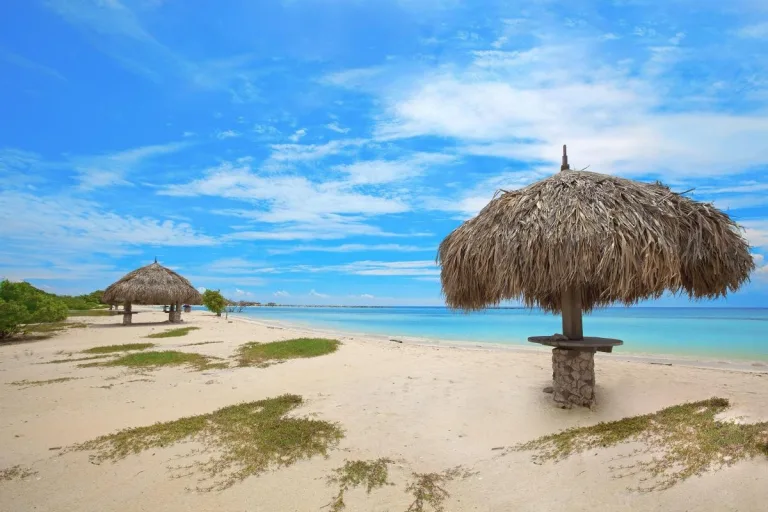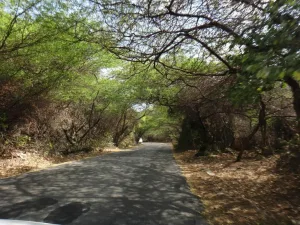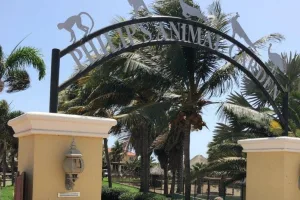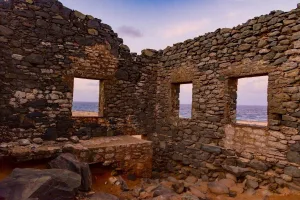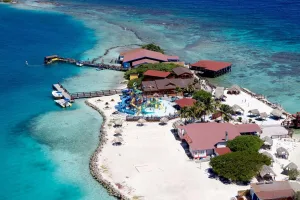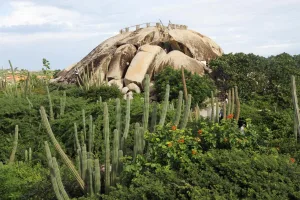Aloe is native to Aruba and thanks to its medicinal and restorative properties, aloe has become one of the leading exports of the island nation. Visit the Aruba Aloe Factory and Museum to learn about the history of the plant and its connection to Aruba, plus see facilities such as the cutting room, testing lab, and packaging of products.
Explore the grounds of the Aruba Aloe Factory and Museum on a guided tour to learn about aloe’s restorative properties and see the processing methods of this versatile plant. Free walking tours are offered in several languages including Papiamento, which is the native language of Aruba, every 15 minutes. You can also choose to tour the museum on your own. The factory and museum is often included as a stop on sightseeing tours of the island, as well as on tours that specifically explore locally made products.
- There is an on-site store where you can buy items such as lotions, creams, gels, and more; aloe products are also sold at retail locations around the island.
- The factory portion of the tour includes some walking at a leisurely pace.
- In case you spend too much in the sun, aloe vera can help prevent peeling, flaking, and drying of sunburnt skin.
The Aruba Aloe Factory and Museum is located in Hato at Pitastraat 115 off L.G. Smith Blvd. Guided tours of the island typically include roundtrip transportation from the hotels and cruise ship port. Since public transportation in Aruba is limited, it’s best to rent a car or take a taxi here; it’s about a 7-minute drive from the port.
The museum is open 8am-4:30pm, Monday to Friday. The last tour of the day begins at about 4pm. On Saturdays, the museum is open 9am-5pm and on Sundays, 9am-1pm. Keep in mind, the production process might not be operating on weekends. Overall, Aruba draws the biggest crowds during the winter months.
Less than 20 minutes away by car from the museum, the California Lighthouse is a popular attraction and is sometimes included on sightseeing tours along with the aloe factory. Visitors are able to climb to the lighthouse’s highest lookout point to catch impressive views of the Caribbean Sea. It’s also the best place to see the sunset when visiting Aruba.

